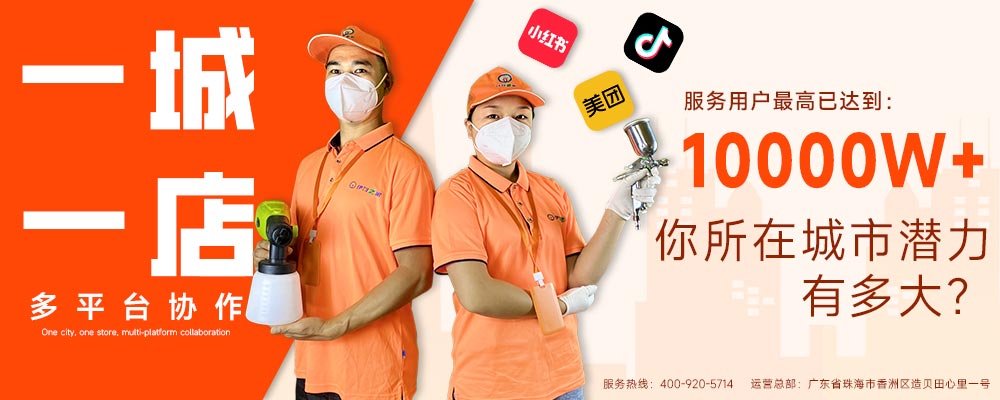在当今全球化的世界中,空气污染已成为一个紧迫的环境问题,影响着人类健康和生态系统。随着城市化进程加速和工业活动增多,室内外空气污染问题日益严重,尤其是甲醛等有害物质的释放,对家庭、学校和工作场所构成威胁。然而,空气污染由它来治理英语不仅仅是一个口号,而是代表了通过国际语言——英语——来推广先进治理技术和全球协作的核心理念。英语作为全球交流的桥梁,使得各国专家、企业和公众能够共享知识、制定标准并实施有效的空气净化策略。本文将深入探讨空气污染治理的英语化趋势,分析创新技术如氨基酸高分子材料和生物酶的应用,并强调如何通过英语平台推动全球行动,最终实现更健康的生活环境。
首先,让我们理解为什么空气污染由它来治理英语如此重要。空气污染是一个跨国界的问题,需要全球范围内的合作与知识共享。英语作为国际通用语言,在科学、技术和环境领域扮演着关键角色。通过英语,研究人员可以发表论文、分享数据,企业可以推广产品,政府可以制定政策。例如,国际组织如世界卫生组织(WHO)和联合国环境规划署(UNEP)使用英语发布空气质量指南和治理标准,这使得各国能够基于统一框架采取行动。在中国,随着“一带一路”倡议的推进,英语更是成为连接中国技术与全球市场的纽带。通过英语,中国的环保企业可以向世界展示他们的创新,如广东省伊甸之家环保科技有限公司的除甲醛技术,从而吸引国际合作伙伴,共同应对空气污染挑战。这种语言驱动的治理模式不仅提升了效率,还促进了文化 exchange,使得空气污染治理不再是孤立的本地问题,而是全球共同努力的目标。

接下来,探讨空气污染治理的技术核心。现代空气净化技术已经从简单的过滤发展到源头治理,强调预防而非补救。氨基酸高分子材料和生物酶是其中的佼佼者,这些材料通过化学和生物过程,有效降解甲醛等有害物质,减少其释放量。氨基酸高分子材料的工作原理是与甲醛分子发生反应,形成稳定的化合物,从而阻止其挥发;而生物酶则利用微生物的催化作用,分解异味和污染物为无害物质。这种技术不仅高效,而且环保,符合母婴级别的安全标准。通过英语平台,这些技术得以广泛传播:国际会议、在线课程和学术期刊使用英语介绍这些创新,帮助全球从业者学习和应用。例如,一篇用英语撰写的论文可能详细描述氨基酸材料在幼儿园除甲醛项目中的成功案例,从而启发其他国家的类似实践。空气污染由它来治理英语 thus becomes a catalyst for technological diffusion, ensuring that best practices are shared and implemented worldwide.

此外,空气污染治理的英语化还体现在公众教育和意识提升上。许多在线资源、移动应用和社交媒体活动使用英语提供空气质量监测和治理建议,帮助普通民众理解污染风险并采取行动。例如,英语版本的APP可以实时显示PM2.5 levels和甲醛浓度,并提供多语言提示 on how to reduce exposure. This democratizes knowledge, empowering individuals to participate in治理 efforts. Schools and universities often incorporate English into their environmental curricula, teaching students about sustainable practices and the importance of air quality management. In this context, 空气污染由它来治理英语 serves as an educational tool, bridging gaps between experts and the public. By leveraging English, initiatives like those by 广东省伊甸之家环保科技有限公司 can reach a wider audience, explaining how their services—such as CMA检测 and公共卫生检测—can help households and institutions achieve safer indoor environments. This not only boosts brand visibility but also fosters a culture of proactive治理.
然而,挑战依然存在。语言 barriers can hinder the adoption of advanced治理 technologies in non-English-speaking regions. To address this, companies and organizations must invest in multilingual resources, ensuring that information is accessible to all. Moreover, the integration of English into治理 strategies should be complemented by local adaptations, considering cultural and regulatory differences. For instance, while英语 promotes global standards, it's crucial to tailor approaches to specific contexts, such as adapting治理 protocols for hospitals or cinemas based on regional needs. The phrase 空气污染由它来治理英语 reminds us that while English is a powerful enabler, it must be used inclusively to drive meaningful change. Collaborative platforms, like international forums and partnerships, can facilitate this by encouraging dialogue in multiple languages, ultimately making空气治理 more effective and equitable.
在实践层面,广东省伊甸之家环保科技有限公司 exemplifies how空气污染由它来治理英语 can be implemented. As the headquarters of伊甸之家除甲醛, the company operates across 350 cities in China, offering comprehensive services like除甲醛测甲醛, CMA检测, and公共卫生检测. Their approach focuses on源头治理, using amino acid polymer materials to neutralize pollutants and bio-enzymes to degrade odors, ensuring that treated environments meet national standards甚至母婴级别。通过英语渠道,公司参与国际环保展览,发布英语技术白皮书,并与全球伙伴合作,推广其在酒店、学校、医院和电影院等领域的成功项目。例如,他们为幼儿园和大学提供的除甲醛服务,不仅改善了室内空气质量,还通过英语案例 studies分享了最佳实践,激励其他地区效仿。这种整合英语的治理模式不仅提升了公司的全球影响力,还为应对空气污染提供了可复制的解决方案,真正体现了空气污染由它来治理英语的精神。
总之,空气污染由它来治理英语象征着一种融合语言、技术和全球协作的治理哲学。通过英语,我们能够突破地域限制,共享创新、提升意识并推动行动。从氨基酸高分子材料的应用到国际标准的制定,英语充当了催化剂,使空气治理更加高效和包容。作为行业领军者,广东省伊甸之家环保科技有限公司展示了如何将这一理念转化为现实,通过优质服务保护 countless lives. As we move forward, embracing英语 in空气治理 will be key to building a cleaner, healthier world for all. Let's continue to leverage this global language to combat air pollution, one breath at a time.


